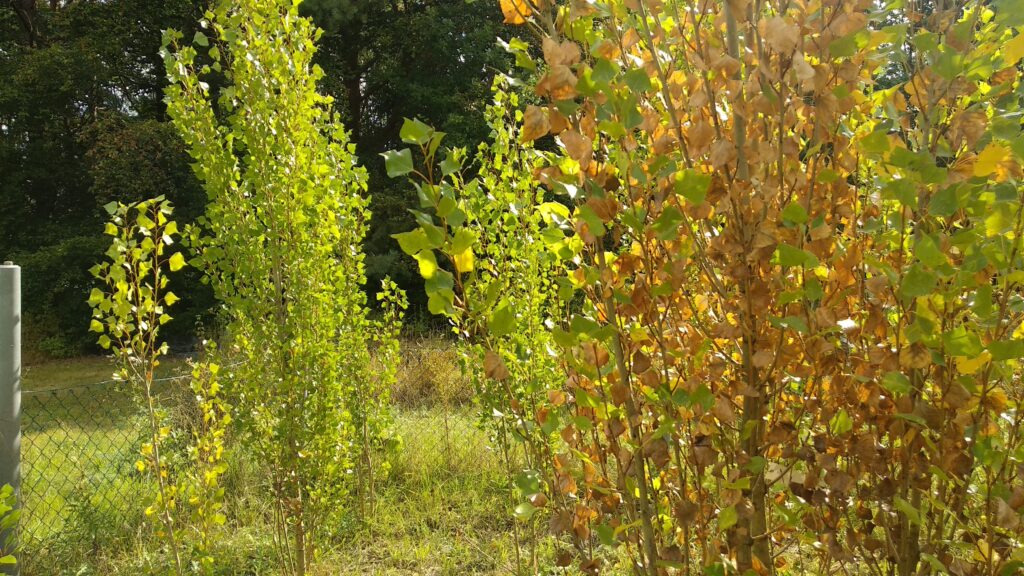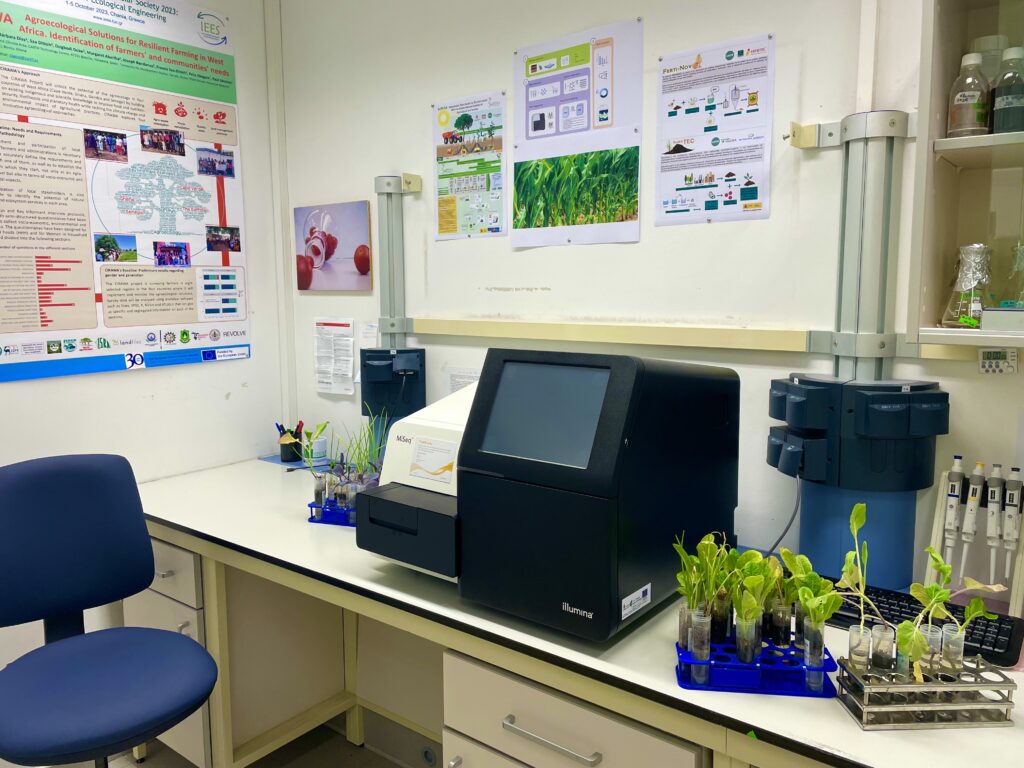In the 1960s, the American biologist Norman Borlaug used selective plant breeding techniques to create a dwarf variety of wheat that uses most of its energy to produce grain instead of stalks. This work won him the Nobel Peace Prize in 1970 and, along with that of many other scientists, is part of what we now know as the first Green Revolution. The Green Revolution many different technologies, including modern irrigation approaches, new pesticides, synthetic nitrogen fertilisers and molecular plant breeding techniques. The results were obvious: from the 1960s to the 1990s, rice and wheat yields in Asia doubled. Although the continent’s population increased by 60%, grain prices fell, the average Asian consumed almost a third more calories, and the poverty rate halved. The United Nations now forecasts that by 2050 the world’s population will grow by more than 2 billion people. Half will be born in sub-Saharan Africa, and another 30% in South and Southeast Asia.
We need another green revolution.
However, if we have learned anything in recent decades, it is that the techniques that were once so successful have not been the best for the planet. The intensive use of fertilisers and pesticides has contributed to soil degradation and water pollution. The adoption of monocultures, focused on a few high-yielding varieties, and the genetic erosion associated with crop selection processes, have led to loss of biodiversity and increased susceptibility to pests and diseases.

The revolution also exacerbated social inequalities, as small farmers found it difficult to access new technologies, creating disparities in farming practices. The expansion of agricultural land to increase production has contributed to deforestation and changes in land use. The Second Green Revolution represents a contemporary effort to further improve the productivity, sustainability and resilience of agriculture by integrating advanced technologies, scientific innovations and sustainable practices. And this is where agrigenomics comes in.
In simple terms, agrigenomics is a field of applied research that focuses on understanding and harnessing genetic information to improve various aspects of agroforestry and livestock production. Big data and technology play a crucial role, providing the tools and infrastructure to manage, analyse and extract information from large amounts of genetic, agricultural and forestry data. With the advent of high-throughout DNA sequencing technologies, the ability to decipher the entire genetic make-up of crops is within our grasp.

This influx of genomic data, combined with advanced bioinformatics tools (e.g. data analysis pipelines), allows researchers to identify key genes associated with desirable traits such as yield, disease resistance and stress tolerance. In addition, precision agriculture technologies, including remote sensing, drone surveillance and satellite imagery, enable real-time data collection on crop health, soil conditions and environmental factors. All this information allows us to optimise agroforestry practices, including the precise and targeted use of fertilisers, pesticides and water resources based on the genetic characteristics of crops. We can also investigate the role of micro-organisms such as soil bacteria and fungi to promote soil health, nutrient cycling and plant-microbe interactions; or use traditional breeding techniques, together with modern tools such as marker-assisted selection, to develop crops with improved traits such as higher yields, better nutritional content and increased disease resistance.
Ultimately, agrigenomics aligns with agroecological principles by providing tools to understand and exploit the genetic diversity and adaptability of crops and livestock. This knowledge contributes to the development of resilient, resource-efficient and environmentally sustainable farming systems that prioritise biodiversity, local adaptation and reduced reliance on harmful chemicals.
